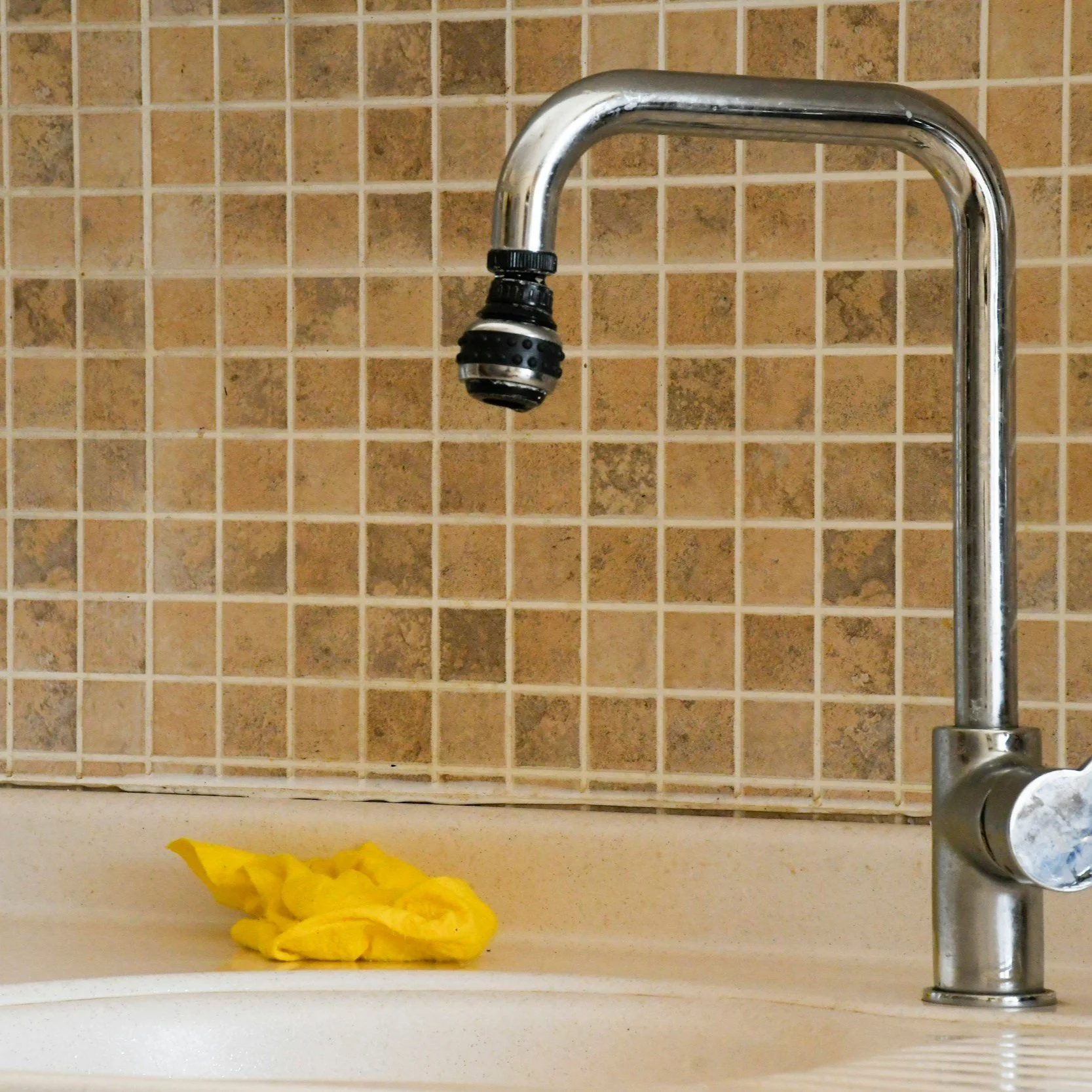How Faulty Faucets Waste Water and Raise Utility Costs
A faulty faucet might seem harmless at first, but its long-term impact can soak both the budget and the household’s patience.
Faucets are the unsung workhorses of the modern home. They sit quietly at the center of daily routines, delivering water on demand without fanfare. When working properly, they’re barely noticed. But when they start to drip, hiss, or spray in odd directions, they begin a silent campaign to waste water, inflate utility bills, and fray nerves one drop at a time. A faulty faucet might seem harmless at first, but its long-term impact can soak both the budget and the household’s patience.
The Constant Drip Adds Up
A slow drip is often filed under minor inconveniences. It doesn’t flood the bathroom or splash across the kitchen. It just taps rhythmically, quietly blending into the background until the water bill arrives. A single leaky faucet can waste several gallons per day. Multiply that by weeks or months, and suddenly hundreds—or even thousands—of gallons vanish down the drain for no reason other than a worn-out washer or damaged cartridge.
That steady trickle costs more than water. It increases the demand on water heaters when hot water is involved, forcing them to cycle unnecessarily. Over time, the damage extends beyond the faucet itself, slowly turning an avoidable maintenance issue into an ongoing utility burden.
Leaks That Hide In Plain Sight
Not every faucet problem announces itself with a drip. Some develop sneaky leaks under the sink, pooling quietly around pipe joints and warping nearby cabinetry. Others cause water to spray around the base or leak into countertops during use. When faucets fail internally, their symptoms vary, but the result remains the same: water where it shouldn’t be.
Even small leaks introduce moisture into parts of the home designed to stay dry. Wood swells. Mold begins to grow. Sealants break down. What starts as a plumbing nuisance can evolve into a carpentry or mold remediation job. Ignoring these signs in favor of a wait-and-see approach tends to backfire when the repair list triples in size.
The Price Of Poor Pressure And Inconsistent Flow
A faulty faucet doesn’t just waste water—it often disrupts the user experience. Low water pressure, inconsistent temperature control, and sputtering flow can all point to issues with internal faucet components. Sediment buildup, worn valves, or mineral deposits create friction, forcing homeowners to adjust the handle a dozen times just to start a decent stream.
That frustration isn’t just annoying—it causes overcompensation. Faucets end up left running longer, wasting more water while waiting for it to warm or flow properly. Each delay adds to the water usage tally, and every extra second the tap stays open quietly increases the utility cost.
Unstable Fixtures Can Cause Bigger Breakdowns
Old or damaged faucets also have a habit of shifting. A wobbly base or loose handle may seem harmless, but it can lead to stress fractures or pipe movement below the surface. The repeated motion of adjusting or bracing the fixture eventually loosens seals and connections, setting the stage for bigger leaks or sudden breaks.
Unsecured faucets risk damaging the sink or countertop finish around them, especially when they twist or shift during use. Replacement becomes more complicated and costly when underlying components are compromised. What could have been a quick faucet repair turns into a partial renovation if ignored for too long.
Water Stains And The Long Shadow Of Mineral Deposits
Faulty faucets are also magnets for mineral stains and buildup. Hard water leaves residue around the spout and handle, making the entire fixture look neglected. Over time, the mineral crust affects both appearance and performance, causing parts to stick, leak, or corrode.
Those unsightly white rings and cloudy deposits aren’t just cosmetic—they’re evidence of ongoing inefficiency. Mineral buildup narrows water pathways, creating more turbulence and resistance. The faucet has to work harder to produce a clean flow, and eventually, it stops functioning altogether. Faucet replacement or professional cleaning becomes the only practical path forward.
Faucet Repairs, Replacement, And Installation Make A Big Difference
Repairing a faulty faucet quickly stops waste and improves performance. In many cases, a simple fix like replacing a washer, cartridge, or O-ring restores full function. For older faucets, replacement offers a fresh start. Modern fixtures conserve water, look better, and last longer with fewer maintenance needs.
Installation of high-efficiency faucets equipped with flow restrictors or smart sensors offers another layer of savings. They reduce unnecessary water use without sacrificing comfort or convenience. The change might be small in terms of hardware, but the shift in performance and savings makes a noticeable difference over time.
A Small Fix With Big Results
Faucets rarely demand much attention until they start to misbehave. By that point, they’ve often wasted a fair amount of water, time, and money. Addressing faucet problems early through timely repairs or replacements cuts off those losses and brings everything back to working order.
Whether it’s a constant drip, a loose handle, or unpredictable water flow, faulty faucets leave clues. Paying attention to those signs and responding with a solution helps households save money, avoid damage, and restore one of the most-used fixtures in the home to its rightful, dependable role. A quiet, steady faucet is more than a convenience—it’s a long-term ally in keeping things running smoothly.
If you need a licensed, bonded, insured plumber for your Phoenix area leak or your next plumbing project, call MNS Plumbing today.

